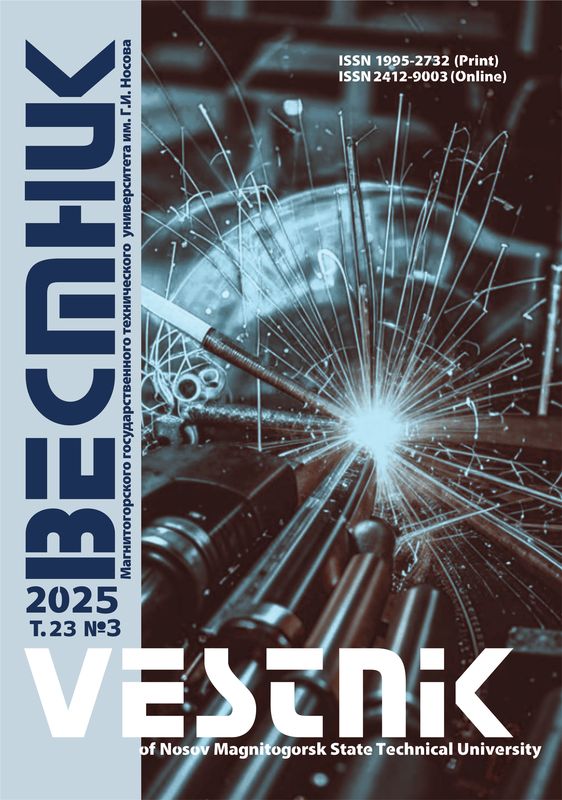Abstract
This article demonstrates the efficiency of computer technology and programmes used in computational chemistry for studying reagent clusters containing two groups: the hydrophilic group interacting with water, and the functional group able to bond to the depressed minerals surface selectively. Computer parameters of minerals and reagents have been determined. The authors have developed a technique of bonding various sulphydric collectors to separate copper atoms and molybdenum minerals clusters (docking). The value of the prognosis of collector activity evaluation has been calculated. Models of collectors with hydroxyl radicals and attached water have been built. Ab initio calculations of the hydrogen bonding interaction energy of separate heteroatoms of the water-collector molecule have been made. Systems of clusters of copper minerals and clusters of copper minerals with sulphydric collectors have been studied in detail. A secondary unoccupied molecular orbital has been found for copper minerals. The orbital will enhance transfer of electron density from the mineral to collector atoms. The authors have specified that the value of hydrogen bonding interaction energy between thione sulfur and hydrogen ranges between -1.92 and -8.42 J·mol. The hydrogen bonding interaction energy between thiol sulfur and hydrogen is -9.97 J·mol. The greatest value of the hydrogen bonding interaction energy is specific for hydrogen of a collector hydroxyl group and oxygen, which ranges between -5.32 and -26.9 J·mol. 3,4-dihydroxybenzo-dithioic acid is the most hydrophobial substance. Diethanol-dithiocarbamic acid has a high depressing efficiency because the value of the water-hydrogen bonding interaction energy is maximum making -26.9 J·mol. IM-DA reagent has a low minerals depression since its hydrogen bonding interaction energy is -13.0 J·mol. Intermolecular hydrogen-bonded complexes forming between thionocarbamates molecules and water have been studied. O-butylbenzoyl-thionocarbamate has an ultimate hydrophilic capacity. Thus, the computer-aided simulation of reagents being studied has made it possible to evaluate their process properties at copper flotation in advance.
Keywords
Computer-aided simulation, collectors with hydroxyl radicals, thionocarbamates, MOPAC2012 program, hydrogen bond, organic depressors.
- Kurkov Aleksander, Pastukhova Irina. Computer modeling of the structure and action of a new class of organophosphorous collectors. Procceedings of the X1V Balcan Mineral processing Congress, Tuzla, 14–16 Joni 2011 (ed.by Suncica Masic). 2011, vol. 11.
- Molecular Modeling for the Design of Novel Performance Chemicals and Materials, (Ed.) Beena Rai, ISBN: 9781439840788, ISBN 10: 1439840784, Publication Date: March, 2012.
- Solozhenkin P.M. Quantum-chemical and molecular-dynamic forecasting aspects of properties of metal collectors from pregnant non-ferrous-metal solutions. Trudy mezhdunarodnogo nauchnogo simpoziuma «Nedelya gornyaka 2012»: sb. statej. Otdel'nyj vypusk gorno-informatsionnogo analiticheskogo byulletenya (nauchno-tekhnicheskogo zhurnala) [‘Mining Engineer Week 2012’ International Scientific Symposium Proceedings. Collection of Articles. Special edition of the mining informational analytical bulletin (of the scientific and engineering journal)]. Moscow: Book of Mining Publishing House, 2012, no. OR1. 632 p, pp. 431–455.
- Medyanik N.L., Girevaya Kh.Ya. and Varlamova I.A. Quantum–Chemical Approach to the Selection of Collectors for Coal Flotation. Koks i khimiya [Koks Khim]. 2006, no.1, pp. 8–13.
- Girevaya Kh.Ya. Povyshenie ehffektivnosti flotatsii gazovykh uglej na osnove kvantovo-khimicheskogo obosnovaniya vybora reagentov: dissertatsiya kandidata tekhnicheskikh nauk [More effective flotation of G coal by selecting reagents on the basis of quantum–chemical characteristics. Ph.D. dissertation]. Magnitogorsk, 2006.
- Solozhenkin P.M. Quantum-mechanical creation of sulphide mineral prototypes and their interaction with reagents at ore floatation and leaching. Trudy mezhdunarodnogo nauchnogo simpoziuma «Nedelya gornyaka 2013»: sb. statej. Otdel'nyj vypusk gorno-informatsionnogo analiticheskogo byulletenya (nauchno-tekhnicheskogo zhurnala) [‘Mining Engineer Week 2013 international scientific symposium proceedings. Collection of articles. Special edition of the mining informational analytical bulletin (of the scientific and engineering journal)]. Moscow: Book of Mining Publishing House, 2013, no. OV1, 648 p, 397–424.
- Lavrinenko A.A., Svechnikova N.Y. Study of quantum-chemical characteristics to substantiate reagent flotation capacity. Vestnik Magnitogorskogo Gosudarstvennogo Tekhnicheskogo Universiteta im. G.I. Nosova [Vestnik of Nosov Magnitogorsk State Technical University]. Magnitogorsk, 2008, no. 1(21). pp. 83–85.
- Solozhenkin P.M., Solozhenkin O.I. Computer-aided simulation of floatation reagents with thioamide groupings. Tsvetnye metally [Non-Ferrous metals]. 2011, no. 10.
- Riaboy V.I. Formation of back-donation l-bonding at thionocarbamates-copper- chalcopyrite interaction. Fizicheskoj khimii [Journal of Physical Chemistry]. 1981, vol. IV, no. 4, pp. 56–58.












